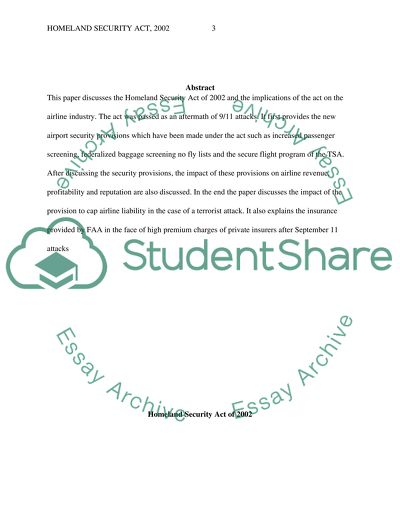Cite this document
(“Homeland Security Act of 2002 Term Paper Example | Topics and Well Written Essays - 2250 words”, n.d.)
Retrieved from https://studentshare.org/law/1475504-homeland-security-act-of
Retrieved from https://studentshare.org/law/1475504-homeland-security-act-of
(Homeland Security Act of 2002 Term Paper Example | Topics and Well Written Essays - 2250 Words)
https://studentshare.org/law/1475504-homeland-security-act-of.
https://studentshare.org/law/1475504-homeland-security-act-of.
“Homeland Security Act of 2002 Term Paper Example | Topics and Well Written Essays - 2250 Words”, n.d. https://studentshare.org/law/1475504-homeland-security-act-of.


